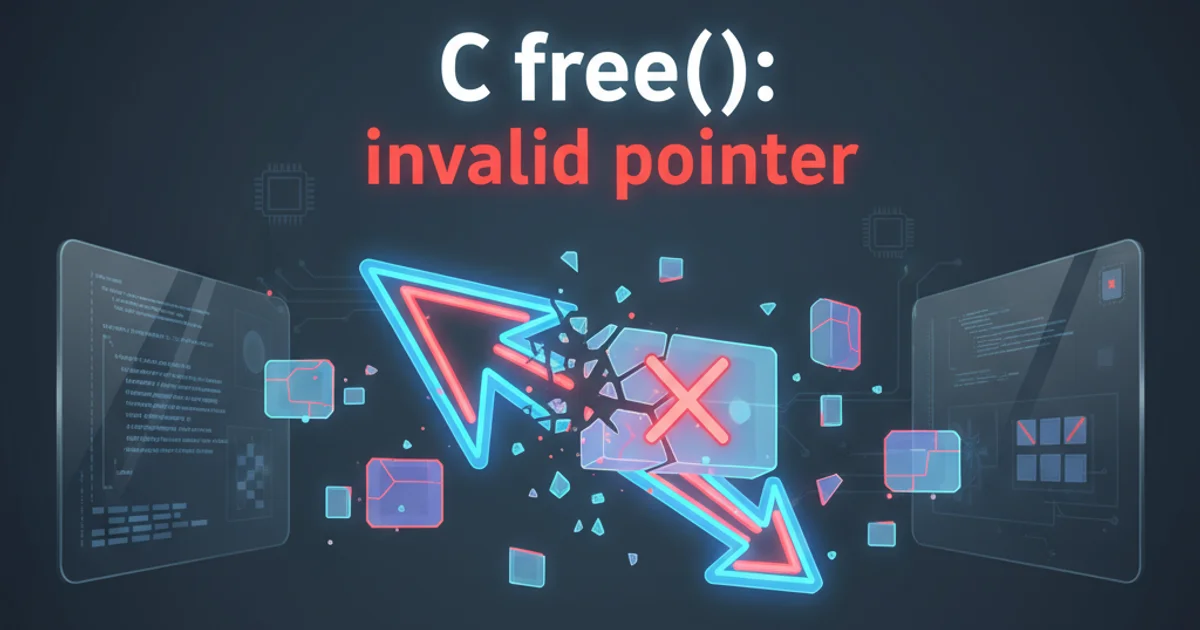How do I split the definition of a long string over multiple lines?
Categories:
Splitting Long Strings in Python: A Comprehensive Guide

Learn various Python techniques to define and manage long strings across multiple lines, enhancing code readability and maintainability.
Defining long strings in Python can sometimes lead to unreadable code, especially when dealing with extensive text, SQL queries, or configuration data. Python offers several elegant ways to split string definitions over multiple lines, improving code clarity and adherence to style guides like PEP 8. This article explores the most common and effective methods, complete with examples and best practices.
Implicit Line Joining with Parentheses
One of the simplest and most Pythonic ways to break a long string definition is by enclosing it in parentheses. Python implicitly joins string literals that are adjacent to each other, even if separated by whitespace or newlines. This method is particularly useful when you want to concatenate multiple string parts without explicitly using the + operator, which can be less efficient for many small concatenations.
long_string = (
"This is the first part of a very long string. "
"It continues on the next line, and Python will "
"automatically join these pieces together into one."
)
Using parentheses for implicit string concatenation
Triple Quotes for Multiline Strings
For strings that naturally span multiple lines, such as paragraphs of text, documentation strings (docstrings), or embedded code snippets, Python's triple-quoted strings (using ''' or """) are the most straightforward solution. These strings preserve all whitespace, including newlines, exactly as they are written in the source code.
multiline_text = """
This is a paragraph of text.
It spans multiple lines,
and all line breaks and indentation
will be preserved exactly as typed.
"""
sql_query = '''
SELECT
id,
name,
description
FROM
products
WHERE
category = 'electronics'
ORDER BY
price DESC;
'''
Defining multiline strings with triple quotes
textwrap.dedent() to remove common leading whitespace if it's not desired.Explicit Line Joining with Backslashes
The backslash \ character can be used to explicitly indicate that a statement continues on the next line. While it works for strings, it's generally less preferred for string concatenation compared to parentheses or triple quotes, as it can be less readable and more prone to errors if a space accidentally follows the backslash. However, it's a valid option for breaking long logical lines, not just strings.
explicit_long_string = "This is a very long string that is explicitly " \
"broken into multiple lines using backslashes. " \
"Each part is concatenated."
Using backslashes for explicit line joining
flowchart TD
A["Start String Definition"] --> B{"Is it a single logical string with line breaks?"}
B -->|Yes, for readability/PEP 8| C["Use Parentheses (Implicit Joining)"]
B -->|No, it's multiline content (e.g., text, SQL)| D["Use Triple Quotes (Preserves Newlines)"]
C --> E["Result: Single string, no explicit newlines"]
D --> F["Result: String with embedded newlines"]
A --> G{"Is it a very long single line, but not multiline content?"}
G -->|Yes, for general line breaking| H["Consider Parentheses or Backslash"]
H --> I["Parentheses are generally preferred for strings"]
I --> EDecision flow for choosing a multiline string method
Choosing the Right Method
The best method depends on your specific use case:
- Parentheses
(): Ideal for breaking a single logical string into multiple lines for readability and PEP 8 compliance, especially when the string itself should not contain newlines. Python implicitly joins the adjacent string literals. - Triple Quotes
'''or""": Best for strings that inherently contain newlines, such as paragraphs, docstrings, or embedded code. They preserve all whitespace and line breaks. - Backslashes
\: Generally discouraged for string concatenation specifically, but can be used for general line continuation in Python statements. Use with caution due to potential whitespace issues.
.join() method are often more powerful and readable than repeated + concatenation.